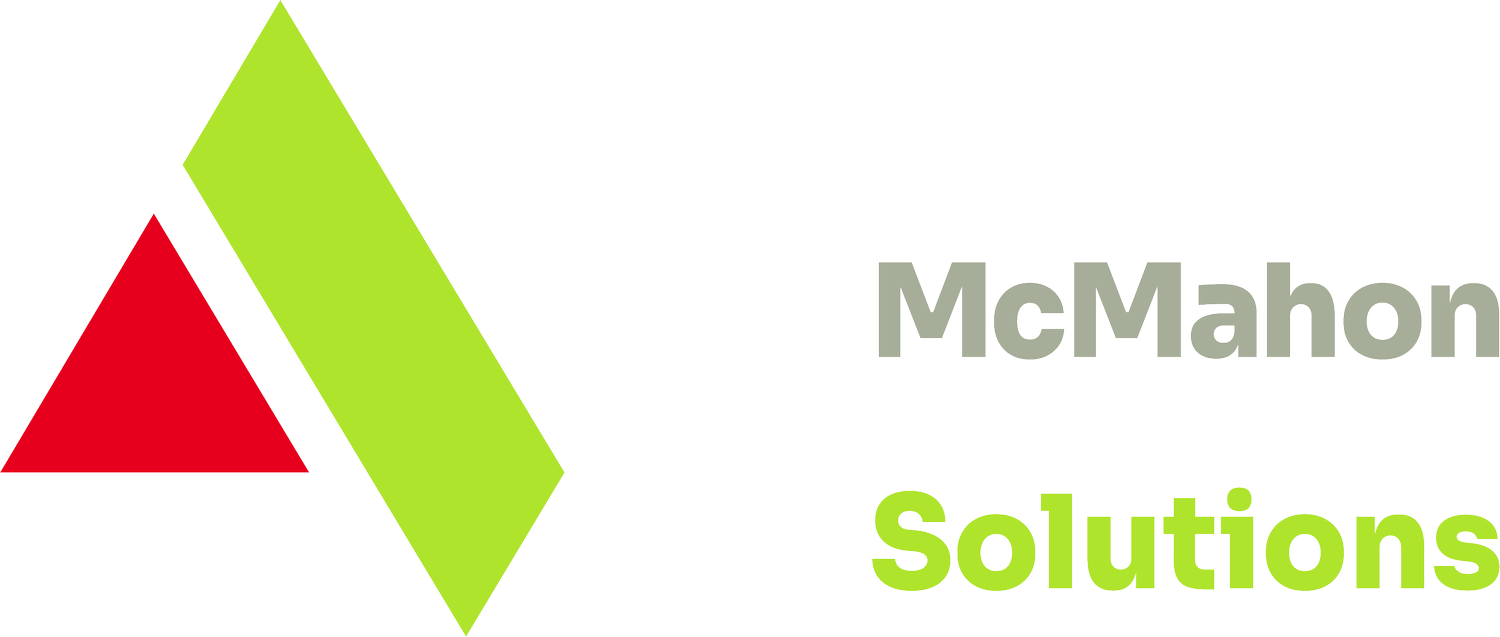Access Equipment Hire Done Right: What You Need to Know
Access equipment consists of tools that allow working at height or difficult-to-reach areas to be carried out safely. There’s a plethora of kit on offer for virtually every scenario. However, this can make it a bit of a challenge to know which option to hire.
While it’s always advisable to seek expert help if you’re not quite sure what equipment you need, understanding the following is a strategic pathway to making the right rental choices.
1: What height are you/your workers going to be working at?
This is undoubtedly the most important factor that underlines your equipment need. Every piece of access equipment has a stated height range and either the ability to go up, down, forward and back – or just to move up and down the vertical plane.
Scissor lifts only move up and down, providing the worker with a safe, enclosed platform and anchoring point from which to work. Some are battery-powered, others have dual fuel options. For example, a smaller, 1932 electric scissor lift has a maximum working height of 7.8 metres / 25.6 ft, whereas a 32 foot diesel rough terrain scissor lift can extend as high as 11.75 metres / 32 ft.
If you need further height and/or the requirement for a platform that can also extend across the horizontal plane, then a knuckle boom is the way to go. Again, the model should be chosen according to needs. Smaller, electric models provide ranges of 11 metres / 30 ft right through to diesel-powered, rough terrain models that extend up to around 20 metres / 65 ft with a forward and backward reach.
2: What is the surrounding environment like?
Most vitally, is the ground level? Scissor lifts, knuckle booms and cherry pickers are designed to either work on a level surface or on uneven ground. And while the latter can also be used on flat ground, you absolutely cannot use access equipment designed for a flat ground on anywhere uneven. As with everything to do with working at height, safety, safety, safety is the mantra at all times.
Regular scissor lifts and knuckle booms, for example, have four wheels that make them easy to manoeuvre. However, while this is great on flat ground, this won’t provide a stable platform in other scenarios. For that, you’ll need a lift designed to work on a rugged area that’s fitted with chunkier tyres and stabilisers.
3: How much space is there?
This doesn’t just apply to when the equipment is up and running, but also during set up. You’ll need to have ample room to safely get it into place and operate. In addition, consider access and egress – small paths, doorways, public spaces you may have to navigate etc.
4: What about obstructions?
What physical elements will you need to negotiate? Are there power cables in the vicinity? Perhaps trees are an issue, steelworks or other obstructions. A site assessment that identifies such objects is vital as it will further determine the safest type of access equipment for the project.
5: What equipment is going to be used?
Once you or your workers are in place, what tools or equipment will they need to have with them? This is crucial because much time will be wasted if you continually need to return to ground level to swap or collect more kit. Ideally, the platform should be large enough to safely accommodate everything the worker needs to work for the desired amount of time.
In addition to space, consider the maximum weight the access equipment can handle. It’s always preferable to over-compensate a little to ensure the most time-productive workflow.
With new models of cherry pickers, scissor lifts and knuckle booms constantly being introduced to our procurement model, the McMahon Hire team is always happy to help assess your site needs to ensure you have the right access equipment.
Our flexible time frames mean you can rent our construction kit for as little as four hours up to as long as you need it. Whether you need access equipment, site setup kit, earth moving machinery or anything else, we’re here to help.
Contact us today and discover the McMahon Hire difference.

